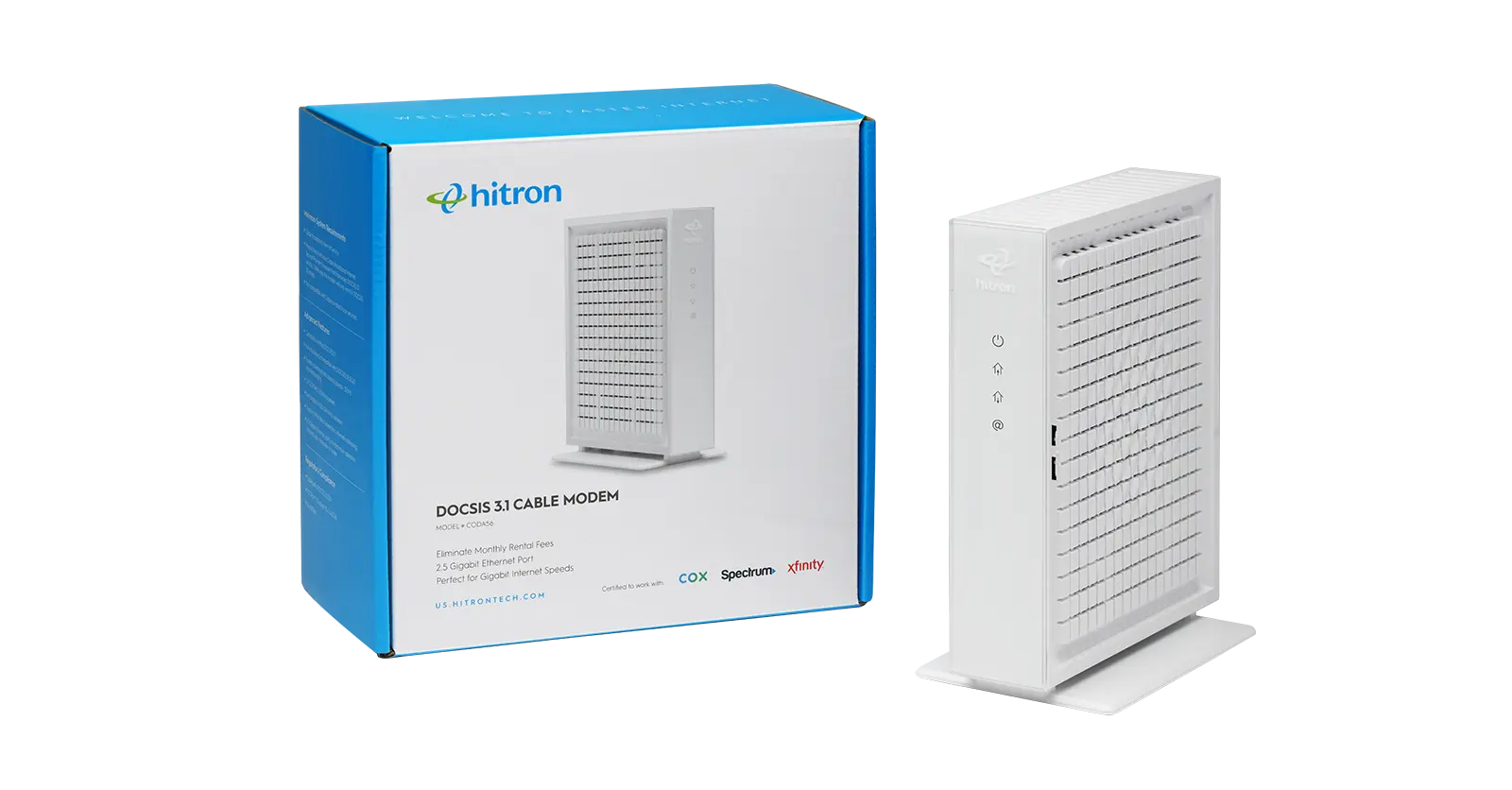A modem and cable modem are different devices because of the services that they connect to. A DSL modem connects to landline or telephone lines (also referred to as Copper by Internet Service Providers). A cable modem connects to Cable TV wiring (coax or coaxial wiring) and is provided by your Cable Internet provider. Let’s dive into the differences and learn why and when we use them today.
Modem vs Cable Modem
The difference between a modem and a cable modem comes down to how they connect to the Internet. “Modem” in itself is a blanket term, since there are a variety of “modems” out there. But for the sake of this article, we will assume that the “modem” here is a DSL standard modem.
What is a DSL Modem?
A DSL modem connects directly to a telephone line (phone services). Since a phone line is unique to each house, so is the connection. Each connection is individual as well, which means that the connection speed is not affected by the number of devices or households in your neighborhood that are connected.
What is a Cable Modem?
A cable modem connects to the cable TV or coax cable wiring from Cable Internet provider. Cable Internet uses a shared connection within a neighborhood, and therefore, can be affected by the number of connected households and devices.
DSL Modem
Cable Modem
So, which is better? Modem Pros & Cons
Well, both DSL modems and cable modems offer a stable connection, but only one is best for transmitting very high-speed data, and that is a cable modem. Still, the best one for you comes down to your preferences and needs. Here are pros and cons:
DSL modem pros:
- Supports maximum speed plans up to 300 Mbps
- Uses existing telephone lines
- Requires standard phone jack and Ethernet cord to connect
- Connection to household is dedicated
DSL modem cons:
- Does not perform well for households requiring multiple devices and high amounts of bandwidth for streaming, online gaming or video conferencing (you may need a higher speed plan)
- DSL technology has not advanced (being replaced by Fiber technology)
Cable modem pros:
- Supports Gigabit Internet plans up to 10 Gbps*
- Easily supports very high bandwidth applications such as 4K video streaming, online gaming, video calls and much more
- DOCSIS 3.1 cable modem offers the latest in technology standards
Cable modem cons:
- Cable Internet may not be available in your area
- Requires a coax TV outlet or coax wiring to connect
Cable Internet offers higher speed capabilities, and as such, cable modems need to support those higher speed tiers, like Hitron’s CODA cable modem that supports up to 6 Gbps* speed plans (*dependent upon DOCSIS 3.1 technology within cable modem and speed tiers offered by your Cable Internet provider). In the end, choosing the right modem depends on your situation and needs. Whether you choose a DSL or cable modem, it comes down to what Internet providers are available in your neighborhood and what technology they support (DSL vs Cable Internet).
Hitron’s CODA DOCSIS 3.1 Cable Modem is available on Amazon, The CODA features DOCSIS 3.1 technology to deliver the absolute fastest Multi-Gigabit speeds to all of your connected devices. Learn more about cable modems or cable modem routers by reading Hitron’s articles on these topics.
